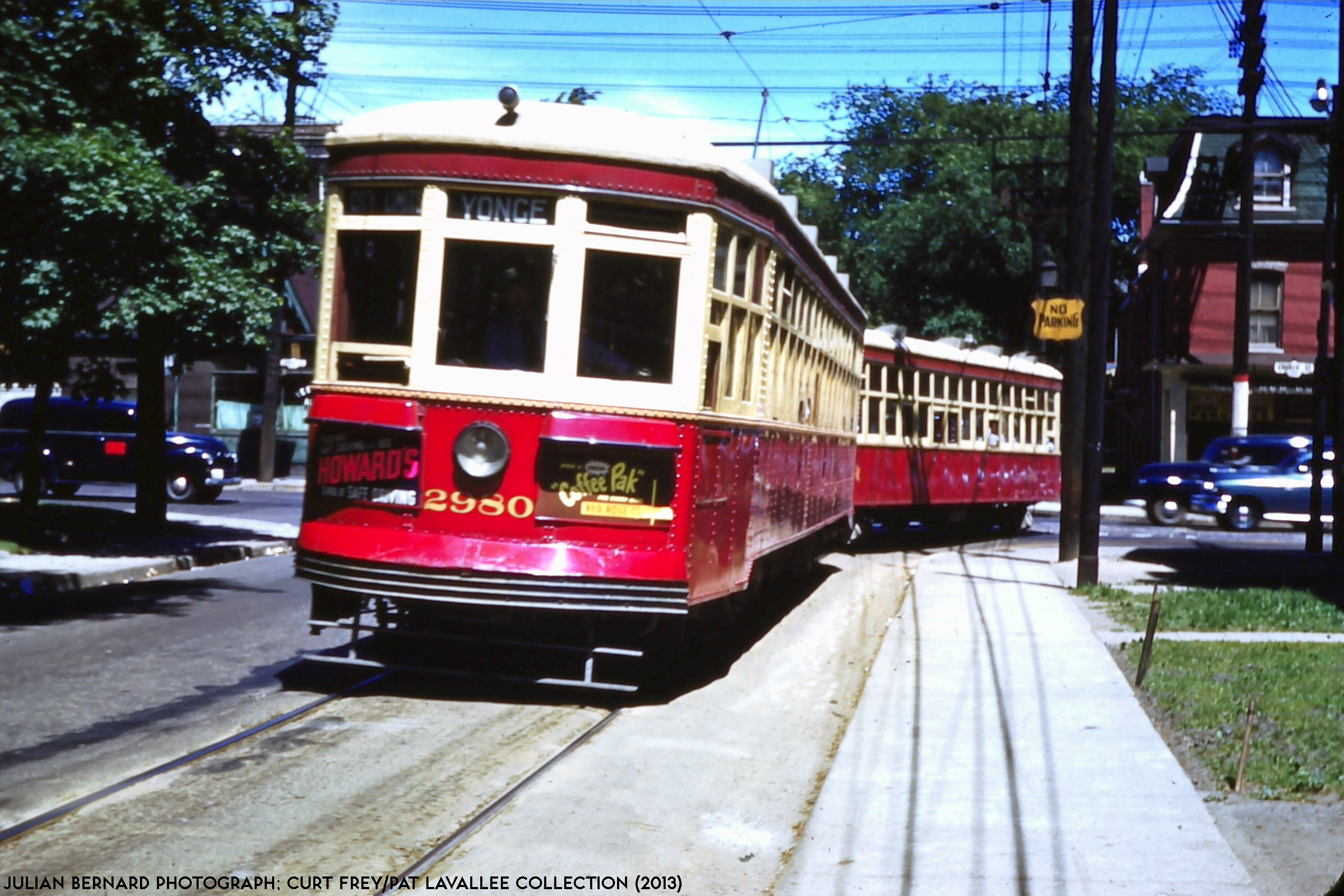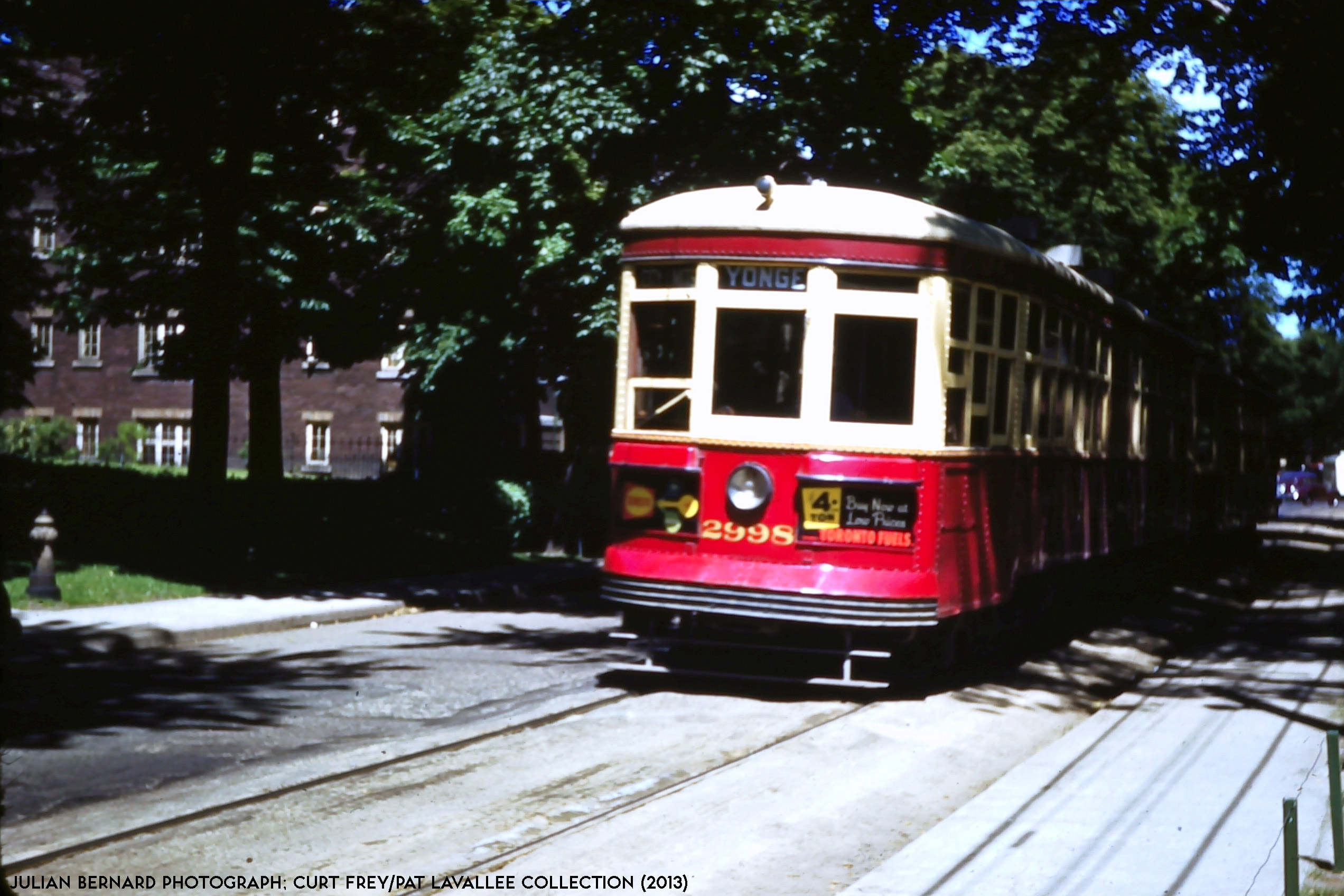You are using an out of date browser. It may not display this or other websites correctly.
You should upgrade or use an alternative browser.
You should upgrade or use an alternative browser.
Toronto Ontario Line 3 | ?m | ?s | Metrolinx
- Thread starter JasonParis
- Start date
rbt
Senior Member
Capital spending doesn't hit the deficit anyway, right?
Correct.
Wouldn't the annual payments towards the capital cost hit impact the deficit number?
Interest appears in the Ontario budget. Principal payments do not; the rare times we make payments on principal it is reported as a budget surplus. During a budget surplus we simply sell fewer bonds to replace expiring bonds.
Wasn't this the rationale for why McGuinty cut back on Transit City in 2009?
There is normally a limit to the amount we can borrow before interest rates go up (which would increase the deficit). 2008 cuts were to keep the debt/income ratio at a creditor pleasing ratio.
Today is very unique; a black-swan event. Gobs of money on the table with expectations by creditors that governments will spend their country into a recovery. Countries (African, Eastern European) which have not borrowed to help stabilize their situation have been punished with expectations they will have long-term economic fallout impacting their ability to pay back pre-existing debts.
Also, Canada had a V-pattern recovery (rapid recovery to previous growth trend, also somewhat rare) from the 2008 recession so we get a bit of leniency on current rates due to that with hope we'll pull off a U-pattern (like a V only more drawn out) and avoid an L-pattern (Greece 2009 is a great example, a drop with no real recovery at all; GDP/capita didn't find the bottom until 2017).
Last edited:
TossYourJacket
Senior Member
IIRC TYSSE had some concerns around whether or not they were going to be able to run ATC at opening, which led to the removal of the doors since trying to align the trains at each station would have been a nightmare (which may have been part of how the line went overbudget since it required a redesign of the stations since the door pillars are usually intended to be structural). Obviously, they figured out the signalling eventually, and we could have had the doors, but such is life I guess.Was it confirmed the first time? IIRC for TYSSE, there were some very early drawings that suggested PSDs, but it was at best an idea floating around.
With a totally new line there shouldn't be that issue, especially since the whole concept of the OL requires it to run ATC to work properly.
Monarch Butterfly
Superstar
IIRC TYSSE had some concerns around whether or not they were going to be able to run ATC at opening, which led to the removal of the doors since trying to align the trains at each station would have been a nightmare (which may have been part of how the line went overbudget since it required a redesign of the stations since the door pillars are usually intended to be structural). Obviously, they figured out the signalling eventually, and we could have had the doors, but such is life I guess.
With a totally new line there shouldn't be that issue, especially since the whole concept of the OL requires it to run ATC to work properly.
The Ottawa Confederation Line had a 12-day full line testing. (Still had problems after it opened.)
The ATC for the Ontario Line should get a couple of months of testing before it is opened for customer service (on a weekend). The light rail vehicles are already undergoing testing at the Mt. Dennis yard. As the stations track and catenary gets finished, the stations will undergo more testing. With platform doors, they can test them as the platforms get finished. Months before a full line test.
nfitz
Superstar
12-days? That seems very short to me. Even a couple of months for a new ATC system seems pushing it. How long was the Line 1 extension running? Line 4 (which isn't ATC) was running many months before the November opening ... I recall sitting in the cinema at Bayview sometime in the late Spring or Summer, feeling the vibration of a train passing every few minutes - and was surprised they were already running regularly.
Elizabeth Line (which may not be the best example), has already been running trains for months, and isn't expected to open until 2021.
Elizabeth Line (which may not be the best example), has already been running trains for months, and isn't expected to open until 2021.
Coolstar
Senior Member
Not anymore.Elizabeth Line (which may not be the best example), has already been running trains for months, and isn't expected to open until 2021.

Crossrail hit by further setback as full line may not open until 2023
The delivery of Crossrail is still a few years away as more delays were announced for the project last week.
Monarch Butterfly
Superstar
12-days? That seems very short to me. Even a couple of months for a new ATC system seems pushing it. How long was the Line 1 extension running? Line 4 (which isn't ATC) was running many months before the November opening ... I recall sitting in the cinema at Bayview sometime in the late Spring or Summer, feeling the vibration of a train passing every few minutes - and was surprised they were already running regularly.
Elizabeth Line (which may not be the best example), has already been running trains for months, and isn't expected to open until 2021.
Those 12 days were simulated full train runtimes, daytime, rush hour, and night headways. Similar to the Spadina extension, when they continued the trains on Line 1 up to Vaughan MC, but after egressing the passengers at Sheppard West Station and continuing without passengers.
Last edited:
TossYourJacket
Senior Member
Yup, and given what a mess the Confederation Line has been, I think we can safely say 12 days was nowhere near enough.12-days? That seems very short to me.
warrens
New Member
Theoretically, Ontario Line will have the benefit of being able to do some in-depth testing pretty early on, given that the MSF will be most closely connected with two outdoors stations that should be much faster to build than just about any other station on the network.
Also I don't think Confederation Line can be related to Ontario Line at all in terms of testing timelines. It should be compared instead to something like Crosstown, which started testing almost a year ago despite tracking not even being completed in many parts of the route yet.
Also I don't think Confederation Line can be related to Ontario Line at all in terms of testing timelines. It should be compared instead to something like Crosstown, which started testing almost a year ago despite tracking not even being completed in many parts of the route yet.
Allandale25
Senior Member

allengeorge
Senior Member
I like how they took advantage of a future-proofing feature on Line 1, while not future-proofing the line being built now.
Talk about darkly ironic.
Talk about darkly ironic.
Leo_Chan
Senior Member
From the above article:

I think the best thing that came out of this review is that the Osgoode and Queen station platform are not in the centre area between the two lines (City Hall focused). From the image, the Ontario Line's Osgoode platform is a lot to the west, which is good assuming there will be a secondary exit on the end. The Queen platform is good too because of the transfer potential.
I think the best thing that came out of this review is that the Osgoode and Queen station platform are not in the centre area between the two lines (City Hall focused). From the image, the Ontario Line's Osgoode platform is a lot to the west, which is good assuming there will be a secondary exit on the end. The Queen platform is good too because of the transfer potential.
CapitalSeven
Senior Member
Not sure I fully agree. Closer for transfers, but further for the mass of users along York and Bay, the densest part of the core. So perhaps more will decide to transfer instead of walking.
imerk
Active Member
I agree that I prefer the two separate stations. The concept for a centred "Bay Station" between Queen and Osgoode was largely a cost cutting measure, not the option that would garner the most ridership. Remember that removing Osgoode also loses out on much of the employment and population located west of University.
Monarch Butterfly
Superstar
They better add more detour tracks and track switches in the downtown NOW for the construction. Similar to the detour tracks they did for the Yonge streetcar during that subway construction. Don't replace with buses if the detour tracks are only a block from the main tracks.
From link.

"A Witt Train led by Witt 2980 turns from Church Street onto Maitland on one of the diversions to the YONGE Streetcar service while the Yonge Subway is being built. The date is June 7, 1952. Photo by Julian Bernard, donated by Curt Frey."

"A Witt Train led by Large Witt #2998 runs along another downtown sidestreet during one of the diversions caused by Yonge Subway construction. The year is 1952. Photo by Julian Bernard, donated by Curt Frey."
(Note, a "Witt Train" consisted of a large Peter Witt streetcar AND a trailer [operated by an operator and two conductors]. That train would be the same length as one Flexity Outlook streetcar, operated by one operator.)
From link.

"A Witt Train led by Witt 2980 turns from Church Street onto Maitland on one of the diversions to the YONGE Streetcar service while the Yonge Subway is being built. The date is June 7, 1952. Photo by Julian Bernard, donated by Curt Frey."

"A Witt Train led by Large Witt #2998 runs along another downtown sidestreet during one of the diversions caused by Yonge Subway construction. The year is 1952. Photo by Julian Bernard, donated by Curt Frey."
(Note, a "Witt Train" consisted of a large Peter Witt streetcar AND a trailer [operated by an operator and two conductors]. That train would be the same length as one Flexity Outlook streetcar, operated by one operator.)